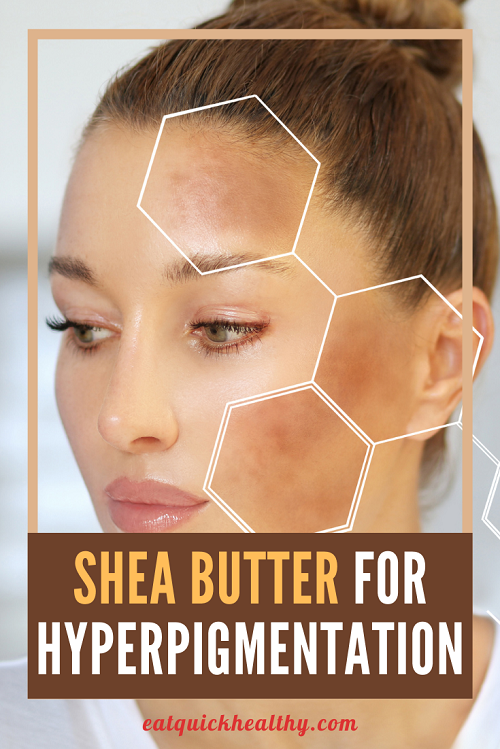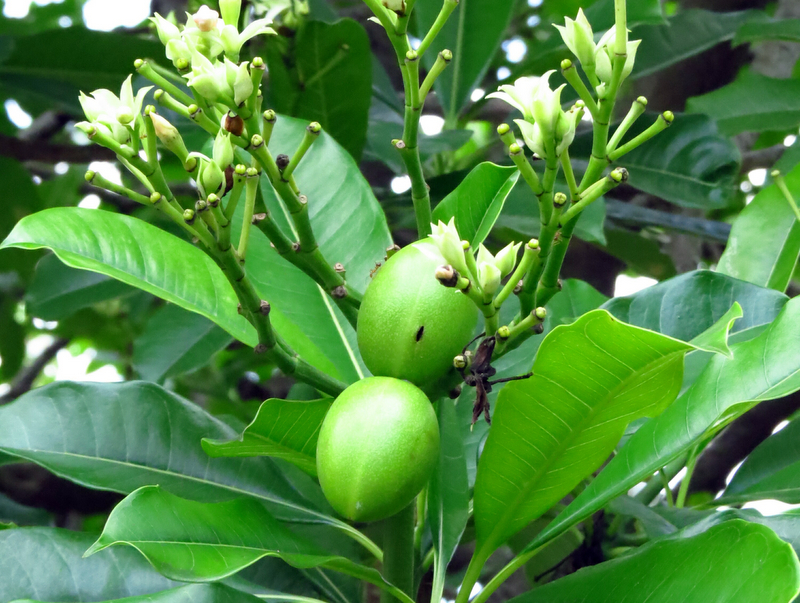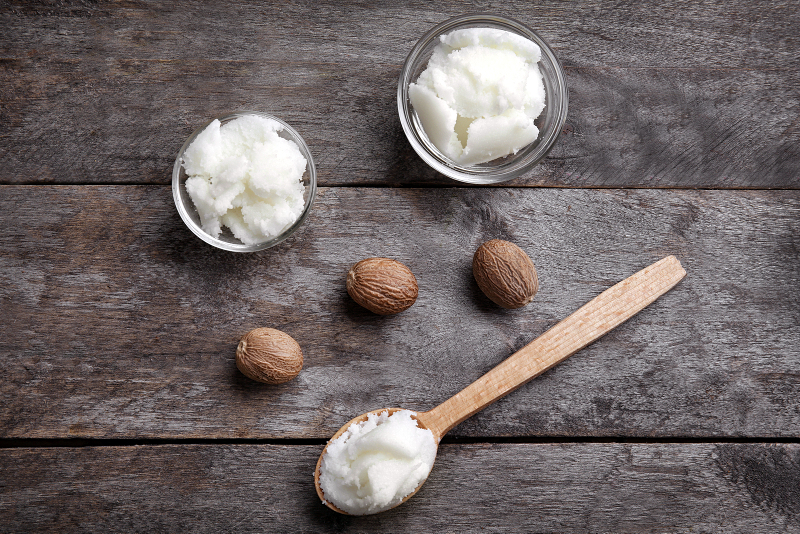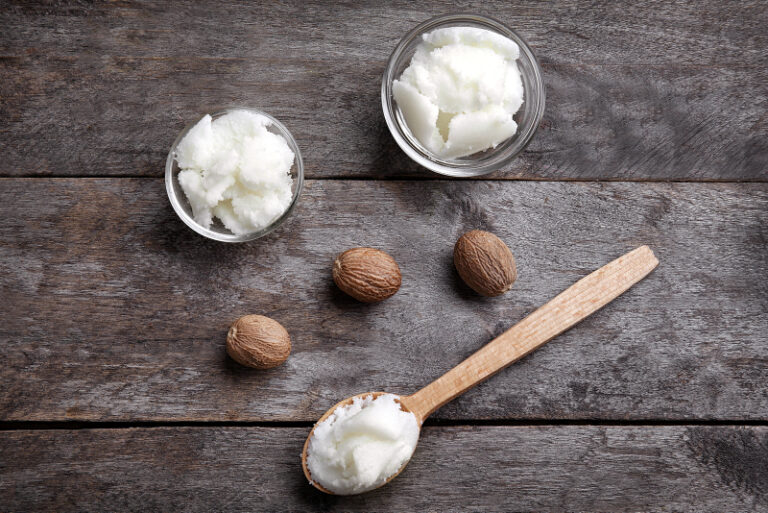Have problems with hyperpigmentation or dark spots or areas on your skin? Looking for a natural solution to this problem? Then make sure you read this guide to using shea butter for hyperpigmentation!
Hyperpigmentation simply refers to patches of skin which are darker than surrounding areas. While it sounds simple, it can be a frustrating problem to deal with. The good news is that shea butter, a cheap and natural ingredient, can help.
It has anti-inflammatory properties, antioxidants and more which can both help prevent hyperpigmentation in the first place as well as help it fade once it’s there. Even better is that it’s easy to use.
Below, I walk you through what exactly shea butter and hyperpigmentation are, before fully answering is shea butter good for skin discoloration. I then describe exactly how to use shea butter for skin discoloration before discussing how long does it take for shea butter to lighten skin. Finally, I also share a DIY recipe for a shea butter discoloration cream.
Let’s start!

What Is Shea Butter?
Shea butter is a fabulous, natural product that basically comes from fat extracted from shea seeds which are found inside shea fruit which grow on shea trees, primarily in West Africa.
It’s not quite as simple to produce shea butter as that sounds though and there is quite a process to turn these seeds into the shea butter that is a popular ingredient in cosmetics and skincare.
The first step is to remove these seeds from the shells they are surrounded by. They are then dried out.
At this point, they can then be processed in a way that produces what is called refined shea butter. This means it is extracted and processed using high-heat and chemical solvents. This is the cheapest and easiest way, but unfortunately, it strips the shea butter of most of its nutrients meaning it’s not as beneficial for the skin. It’s white and odorless, but this is shea butter to avoid if you want to use African shea butter for dark spots
Instead, the shea butter can be extracted and processed in a way that produces unrefined or raw shea butter. This doesn’t use high-heat and chemicals and so keeps most of the great nutrients in shea butter which makes it so beneficial.

This takes more effort and is often done by hand.
To do this, the dried seeds are ground into powder before being roasted. They are then ground again to form a gooey, viscous solution which is kneaded and whipped while adding water.
This process forces the oils to form together on the surface of the water. They are then removed and boiled which removes any water remaining and brings any impurities to the top where they can be removed.
What’s left behind is shea butter. It’s strained and left to cool. It solidifies into a thick, cream-like consistency which is an off-white or ivory color. It has a smoky and nutty scent.
Read more about the differences between refined and unrefined (or raw) shea butter here.
What Is Hyperpigmentation?
Hyperpigmentation is a common, usually harmless condition in which patches of skin become darker in color than the normal surrounding skin. This darkening occurs when an excess of melanin, the brown pigment that produces normal skin color, forms deposits in the skin.
Hyperpigmentation is a term used to describe skin in which there are patches that are darker in color than the surrounding skin. These patches can be small or large and affect just a small section of the body or the entire body.
It can be harmless or a symptom of something else being wrong. There are many reasons why this might happen.
It can simply be the melanin, the natural brown pigment found in skin, has built up in certain areas. This is actually what happens with freckles – these happen when melanin is not evenly distributed and obviously are nothing to worry about.
One reason this can happen is the hormonal changes that happen during pregnancy. Another is sunspots which are caused by excess sun exposure. It can also happen thanks to skin inflammation like acne or as a side effect from medicines. There are many reasons your skin might have hyperpigmentation or darker areas.
While there are some medical treatments for hyperpigmentation, it depends on the reason why you are getting darker skin whether this will be successful or not and it can be problematic.
For example, hydroquinone can help lighten the skin. However, prolonged use of this can actually cause your skin to darken, and it’s not a medication that will fix things quickly.
A broad spectrum, high SPF sunscreen is highly recommended to help stop hyperpigmentation caused by the sun and can help existing dark spots fade over time. As a freckly person, I can attest to this 🙂
Is Shea Butter Good For Dark Spots?
If you are looking for a natural way to improve hyperpigmentation, you may be wondering, does shea butter remove dark spots?
Yes, using shea butter for skin discoloration can help both fade dark spots and help prevent them from forming the first place. It’s a natural alternative to drugs such as hydroquinone.
This is because shea butter is…
- An anti-inflammatory that helps with inflammation like that caused by acne and soothes redness. This can help prevent hyperpigmentation.
- Full of antioxidants, fatty acids and nutrients. It absorbs into the skin and helps improve natural healing while soothing any irritations. The Vitamin E in shea butter helps protect skin from free radicals to stop your skin looking dull.
- Home to fatty acids and vitamin F which helps protect damaged skin by forming a protective later while hydrating underneath so it can heal.
- Good for fading scars and helps lighten and even out discoloration.
Basically, it helps protect your skin from hyperpigmentation in the first place and can also help your skin recover from any damage. It can be healing for acne, blemishes and discoloration. Basically, it helps with many of the causes of hyperpigmentation.
Shea butter is a cheap, natural alternative for evening out skin tone that can work better than store-bought solutions.
Note, it is not proven shea butter will remove hyperpigmentation but it’s got a great chance of improving the appearance due to all of the reasons above.

Using Shea Butter For Hyperpigmentation
It’s super easy to learn how to use shea butter for dark spots. It’s not just cheap but easy to use shea butter. Hyperpigmentation, be gone!
The quick and easy way is to use shea butter as a moisturizer. After you wash and dry your face, simply place a small amount of shea butter on your hands. Rub your hands together to soften it and then massage it into your face and body making sure you especially target any areas of hyperpigmentation.
If you just want to apply it to a small problem area, you could also use a cotton swab.
I recommend you do this in the evening before bed time so your skin can heal as you sleep.
You can also combine shea butter with other ingredients so you get the benefits of other products as well. This is easy to do and can be even more powerful for your skin.
Keep reading for a DIY recipe to make your own skin discoloration cream.
[mv_create key=”12″ type=”recipe” title=”DIY Shea Butter Hyperpigmentation Cream” thumbnail=”false”]
How Long Does It Take For Shea Butter To Lighten Skin?
The answer to how long does shea butter take to remove dark spots is about six months. While shea butter is a skin superfood, it can’t work miracles overnight. You need to use it consistently over a long period.
Note, it cannot be guaranteed that it will remove all your dark spots. It should help fade them though.
Conclusion
I hope you have found this guide to the complete answer to can shea butter remove dark spots useful. Shea butter is natural and easy to use and it’s worth giving it a good try on any skin discoloration.
You can also find our great shea butter lip balm recipe here and foot balm recipe here. Got a tattoo? Learn how to use shea butter for a better looking tattoo here. Find more useful guides to using shea butter here.



Comments are closed.